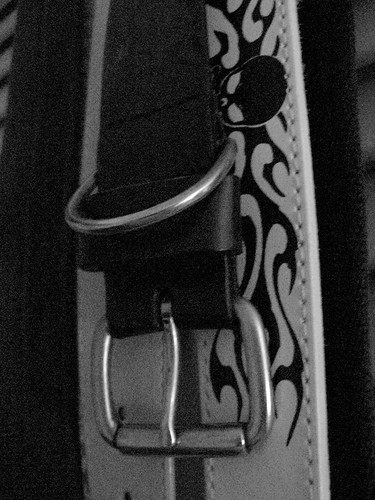Ask the Expert: When should my car’s timing belt be changed?
Belt #Belt

Dear Alex,
I bought my Seat Arona FR 1.0 TSI new in November 2018. It has just been serviced at a franchised dealer which advised that the cambelt should be changed due to its age (five years). The car has done just over 24,000 miles. I have read conflicting articles online as to whether the belt of my engine type actually needs to be changed. Can you confirm?
– DH
Dear DH,
This has been a source of some confusion for many owners of Volkswagen Group cars of late, and the reason is rooted in the fact that Volkswagen UK originally gave out a different timing belt interval recommendation than the Volkswagen factory on some of its engines, the 1.0 TSI included.
In the UK, Volkswagen, and therefore its Spanish subsidiary Seat, specified a change at 48 or 60 months, depending on the engine (I believe the latter was the case with the 1.0 TSI, which tallies with your Seat dealer’s recommendation), or on a mileage basis, whichever came soonest.
However, in July 2023, Volkswagen UK revised this advice to fall into line with the factory recommendation, which was that the belt only needed replacement on a mileage basis.
“As a group we can confirm that we have removed the 48/60 month UK interval recommendation, and now purely recommend, and are aligned to, the factory regime which is based on distance. Of course it’s important that customers follow the relevant inspection cycle to validate the condition of the belt,” a spokesperson told me.
“Our workshop information tools known as ELSA and Erwin (for independent garages) would ultimately show technicians the correct service interval for each individual model so customers should check with their dealer on the relevant mileage interval.”
All well and good, but evidently your Seat dealer hasn’t read the memo yet, so I’m not sure I’d put my trust in what they have to say on the matter.
As I understand it, the belt on the 1.0 TSI is now classified as a “fit for life” item, reckoned to be good for 15 years or 180,000 miles, whichever comes soonest, with inspections at intervals along the way. Though I’d probably still contact a few more Seat dealers to try and find one with the updated information, to confirm this interval.
I should point out that the phrase “fit for life timing belt” always fills me with apprehension. The theory goes that modern rubbers are good for the life of the car, but customers’ experiences with such technologies thus far have been less than stellar – for example, Stellantis has had to row back on its fit for life timing belts after they were found to degrade well before time.
It’s true that the Volkswagen Group’s belts are not “wet” (they don’t run through the oil for lubrication) like those devised by Stellantis, therefore they’re unlikely to suffer from the same issues. But I’m still nervous about a rubber timing belt that’s claimed to last for 180,000 miles.
As a result, if I owned a car with one of these engines, I’d still honour the original five-year change interval regardless – and I’d advise any reader who isn’t inclined to do the same to at least get the belt inspected for condition within that time frame.
For new and used buying guides, tips and expert advice, visit our Advice section, or sign up to our newsletter here
To talk all things motoring with the Telegraph Cars team join the Telegraph Motoring Club Facebook group here
A-Z Car Finder
Broaden your horizons with award-winning British journalism. Try The Telegraph free for 1 month, then enjoy 1 year for just $9 with our US-exclusive offer.